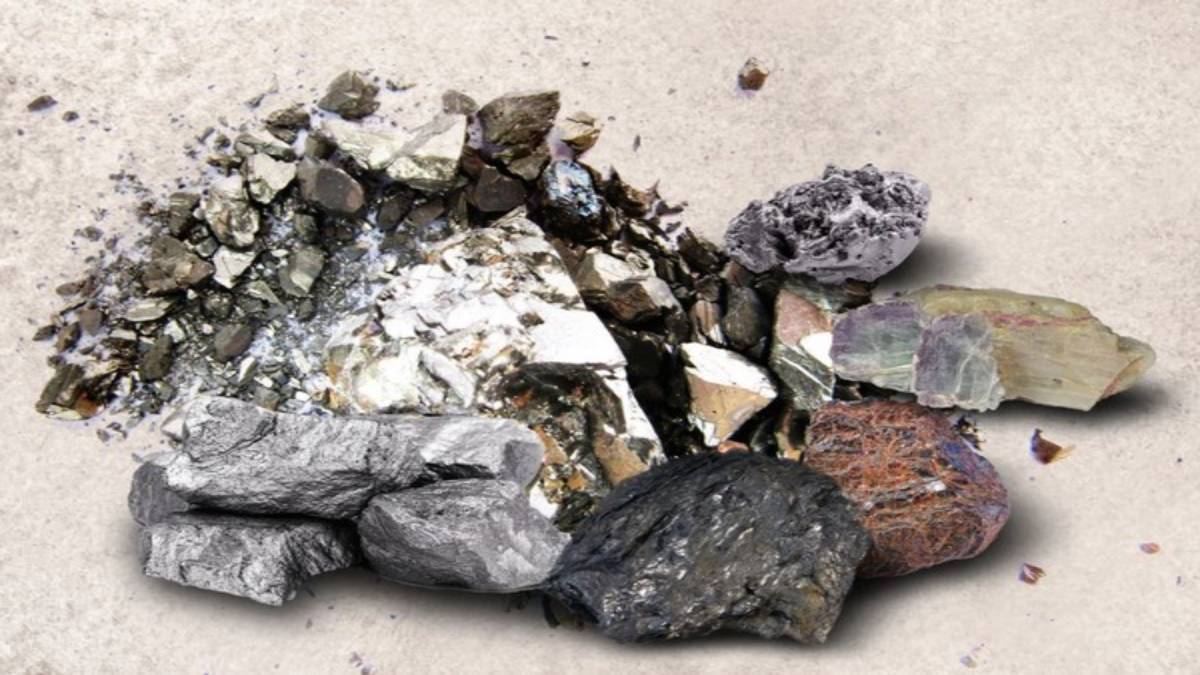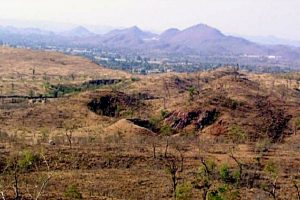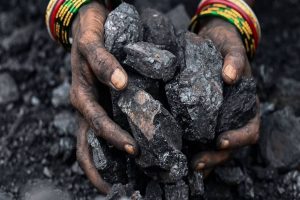Despite bullish forecasts for long-term demand, new investment in the world’s critical-mineral supply chain faltered in 2024, the International Energy Agency (IEA) says in its Global Critical Minerals Outlook 2025.
According to the report:
- Investment growth has cooled. Capital spending on critical-mineral projects rose just 5 percent in 2024—down sharply from 14 percent the previous year. After factoring in cost inflation, real growth was a meagre 2 percent, underscoring mounting market and macroeconomic uncertainty.
- Exploration has hit a plateau. After three straight years of expansion, exploration budgets levelled off. Spending climbed for lithium, uranium and copper but fell steeply for nickel, cobalt and zinc. Startup funding dried up as lower mineral prices eroded project economics, especially for new entrants.
- Refining is becoming more concentrated, not less. From 2020 to 2024, nearly 90 percent of the growth in refined output came from a single top supplier in each metal—Indonesia for nickel, China for cobalt, graphite and rare earths—pushing the combined market share of the three largest refining nations to 86 percent. The IEA warns this tightening geographic grip runs counter to the diversification mantra central to energy-security strategy.
- Prices have retreated to pre-pandemic levels. A rapid wave of new supply—largely out of China, Indonesia and the Democratic Republic of the Congo—has driven battery-metal prices down. Lithium, which spiked eight-fold in 2021-22, has fallen more than 80 percent since early 2023. Graphite, cobalt and nickel prices slid a further 10–20 percent in 2024.
Yet the demand outlook remains robust. Materials such as copper, lithium, nickel, cobalt and rare earths underpin clean-energy technologies—from electric-vehicle batteries to wind-turbine magnets—and consumption is expected to surge as global energy transitions accelerate. The IEA notes that battery-metal supply has scaled far faster than traditional base-metal supply, roughly doubling the growth pace seen in the late 2010s, proving the sector can ramp up quickly when conditions align.
Still, the Agency cautions, low prices and economic headwinds threaten to delay the investment decisions needed to meet future demand. Without renewed capital flows and broader geographic participation in refining and processing, today’s over-concentration risks could harden just as clean-energy deployment hits its stride.




